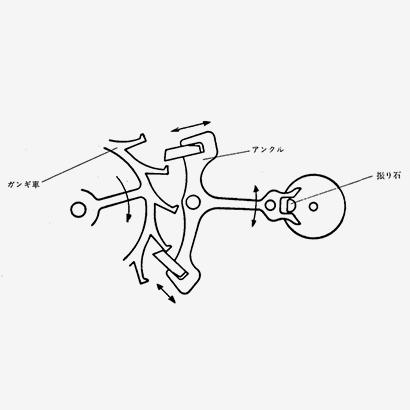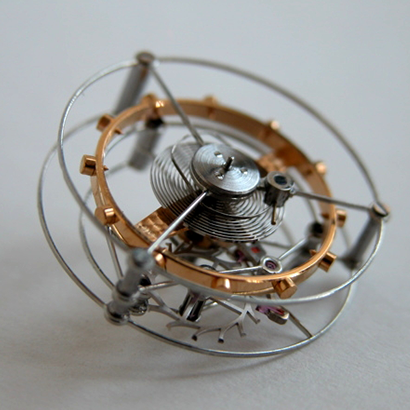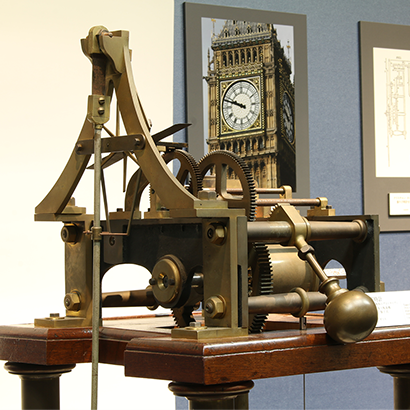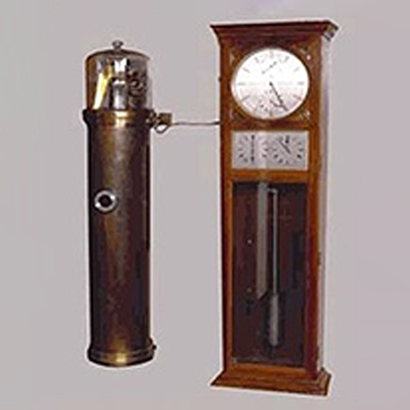The pin-lever escapement that brought the watch to the masses
In 1834, the Swiss clockmaker L. Peron invented the pin anchor escapement; then, in 1867, another Swiss clockmaker, G. F. Roskopf, used Peron’s idea of the pin anchor to develop the Roskopf escapement (pin-lever escapement), which could be cheaply manufactured.
Compared with the club tooth lever escapement, the escape wheel had a simpler shape and metal pins were used in place of the rubies that were used in the club tooth escapement to reduce wear on the anchor pallets and impulse pin.
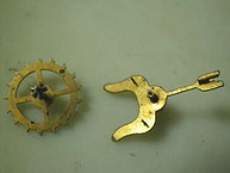
Because this mechanism could be manufactured cheaply, it soon gained widespread use in the pin-lever watch, but owing to its low precision, rapid rate of wear and short lifespan, it was treated as a disposable watch. This type of watch disappeared almost entirely when cheaper quartz watches later became popular.



